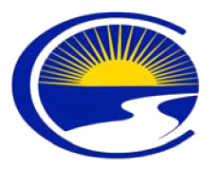Denver Suburb Seeks to Take Back Local Authority
Centennial is asking its voters to reclaim local authority this election. City leaders want to make better use of an existing fiber optic system but a 2005 Colorado state law pushed by a corporate telephone company precludes it. If the citizenry reclaims its local authority through referendum, the City can take the next step toward providing indirect services via its fiber network.
We contacted City Council Member Ken Lucas to find out more about the ballot question. Centennial is a relatively young city that was incorporated in 2001 and has about 100,000 residents. Lucas told us that this ballot question is not only about using their fiber resources. The community of Centennial considers this a critical step toward maintaining a business friendly environment.
The National Transportation Safety Board (NTSB) provided grants to install the existing network for traffic control, security cameras, and public works monitoring. The City contributed only approximately $100,000 to the network, valued at $5 million. Traffic and public safety now use only two strands of the network that runs through the center of town. City leaders want to use the remaining 94 strands to improve access in the community. To see a map of the fiber and open conduit in Centennial, check out the City's PDF.
Approximately 94% of Centennial businesses and 85% of households are within one mile of the fiber backbone. Residents and business owners can now choose between Comcast or CenturyLink and rates are high. Lucas tells of one business owner who asked Comcast to provide 1 Gbps service to his building. Comcast offered to lease a line to the business at a high rate, but the customer would still have to pay $20,000 for installation.



